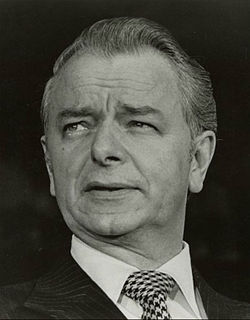| 99th United States Congress | |
|---|---|
98th ← → 100th | |
 United States Capitol (1980) | |
January 3, 1985 – January 3, 1987 | |
| Members | 100 senators 435 representatives 5 non-voting delegates |
| Senate majority | Republican |
| Senate President | George H. W. Bush (R) |
| House majority | Democratic |
| House Speaker | Tip O'Neill (D) |
| Sessions | |
| 1st: January 3, 1985 – December 20, 1985 2nd: January 21, 1986 – October 18, 1986 | |
The 99th United States Congress was a meeting of the legislative branch of the United States federal government, composed of the United States Senate and the United States House of Representatives. It met in Washington, D.C., from January 3, 1985, to January 3, 1987, during the fifth and sixth years of Ronald Reagan's presidency. The apportionment of seats in the House of Representatives was based on the 1980 United States census.
Contents
- Major events
- Major legislation
- Party summary
- Senate
- House of Representatives
- Leadership
- Senate 2
- House of Representatives 2
- Caucuses
- Members
- Senate 3
- House of Representatives 3
- Changes in membership
- Senate 4
- House of Representatives 4
- Committees
- Senate 5
- House of Representatives 5
- Joint committees
- Employees
- Legislative branch agency directors
- Senate 6
- House of Representatives 6
- See also
- Notes
- References
- External links
The Republicans maintained control of the Senate, while the Democrats maintained control of the House of Representatives – albeit with both majorities slightly reduced from the 98th Congress.
This is the most recent Congress to feature a Republican senator from Maryland, Charles Mathias, who retired at the end of the Congress.
This is also the most recent Congress in which no Democratic women Senators served and the most recent Congress in which more Republican women Senators served than Democratic women Senators.
This was the most recent session of Congress prior to the 116th to feature a Republican Senate/Democratic House split and had a third-party House member.













